I started with Micro Four Thirds (m43) back when it began in 2009 with the Panasonic GF1. It was the first truly compact mirrorless camera, paired with the Panasonic 20mm f1.7 it could fit in a jacket pocket. Fast forward over a decade later and I’m still loyal to Micro Four Thirds, and one of my main cameras is the Panasonic G9.
My first portrait lens (and it was under $100)
In that decade I’ve used a myriad of portrait lenses, heck, back when they didn’t have any I adapted the legacy Canon FD 50mm f1.4 SSC. Offering a 100mm equivalent focal length on Micro Four Thirds cameras, it was a fantastic portrait lens to get started with:
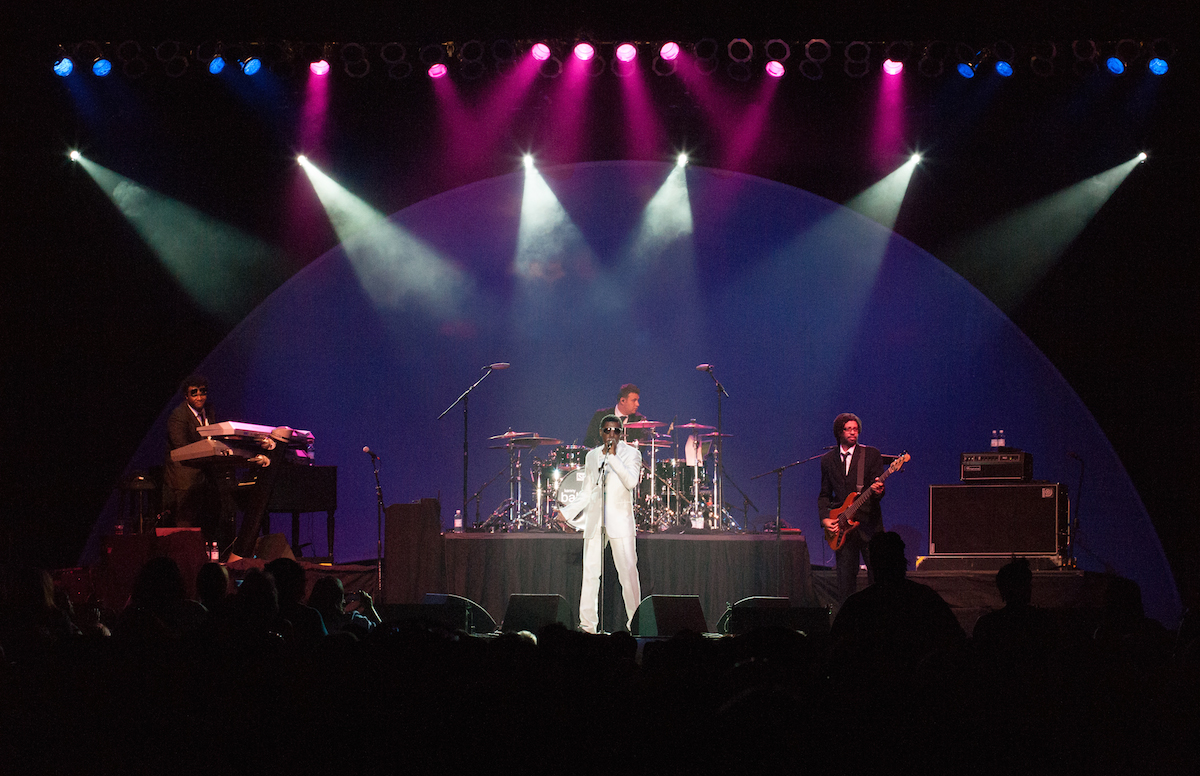
Let’s in a lot of light in a dimly lit concert venue – Canon FD 50mm f1.4 SSC
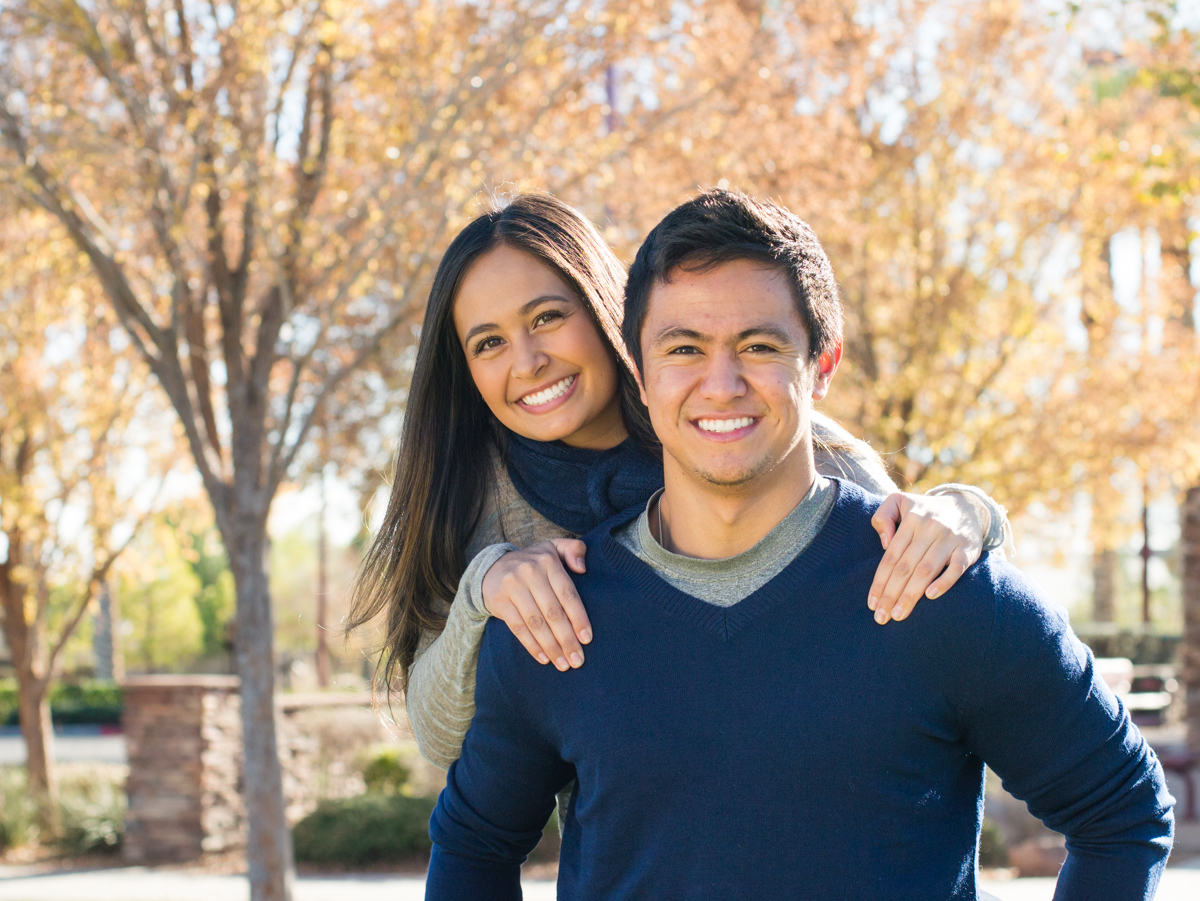
Beautiful background blur, and stopped down the sharpness increases (at about ~f2.4 here)
Albeit, for me personally, it was a tad bit soft (compared to the premium lenses of today), and the colors and contrast were a bit flat (although that’s a plus for some, especially in video). Though today I wouldn’t recommend it for portraiture as prices have come down such that there are much better alternatives, it is all dependent on you.
As far as background blur, I’ve covered this in-depth with our comparison of Micro Four Thirds vs Full Frame. Essentially, you can blur the background – you just have to understand the term “full frame equivalent”. Micro Four Thirds has a 2x crop factor, in other words, the aforementioned Canon FD 50mm f1.4 would be a full frame equivalent of a 100mm, and f1.4 in terms of bringing in light, but f2.8 in terms of depth of field.
The Best Focal Length for Portraits
But before we delve into the personal characteristics that you may look for in a portrait lens, let’s talk about the best focal length for portraits.
Generally, the ideal focal length for portrait lenses is around 85-135mm (42.5-67.5mm on m43), anything beyond that and you’ll see a little bit of distortion.

Photo by Stephen Eastwood – Portraits from 19mm-350mm
Now some photographers might prefer an 85mm, or a 135mm but I personally believe that it depends on your subject, as people have different features.
If 85-135mm was the only flattering range, than no one would ever take a selfie… with most phones around a 24mm equivalent.
As a headshot photographer, you’d be shocked by the amount of attractive people I work with who never take selfies, and they think they’re not photogenic. Really, people who tend be be “photogenic” in a selfie tend to have a thin profile face, thin nose, smaller forehead.
Heck, that’s why I don’t take selfies 😂
The Best Micro Four Thirds Portrait Lenses for YOU
So I’m going to go through some of my favorite portrait lenses for Micro Four Thirds… and I’ve used a lot of them.
Now, what’s the “best” is really subjective, so I’ll go through them and some use-cases, and you can make the best decision for your style. These will be in no particular order, just some of my recommendations:
The Casual Shooter – Panasonic-Leica 25mm f1.4
The first one is a counter-intuitive pick because it’s only a 50mm equivalent. And before you’re like “What the heck is this guy talking about, recommending a 50mm for portraiture!”, let me explain.
This lens isn’t the perfect portrait lens, I dubbed this one, for the “casual shooter” because most people that buy a camera with the kit lens, never buy another lens, if they do it’s usually another cheap zoom. Not only do I think it’s one of the best lenses for Micro Four Thirds, I think it’s the perfect lens for a casual shooter because it is so versatile. If you could only have ONE lens, this would be it. 50mm is a versatile focal length, f1.4 aperture means you can bring in a lot of light if needed, it’s relatively inexpensive, brand new under $500 and used around $400… and one of the sharpest lenses on the format. I’d personally save the money and opt for Mk I, but if you need the additional dust/splash proof coating with Mk II you’ll have to add another ~$300.
I personally like using the Panasonic-Leica 25mm for Ring Flash Shots because it allows me to get closer to the subject, giving me a bigger catch light, which is the signature of a ring light shot.
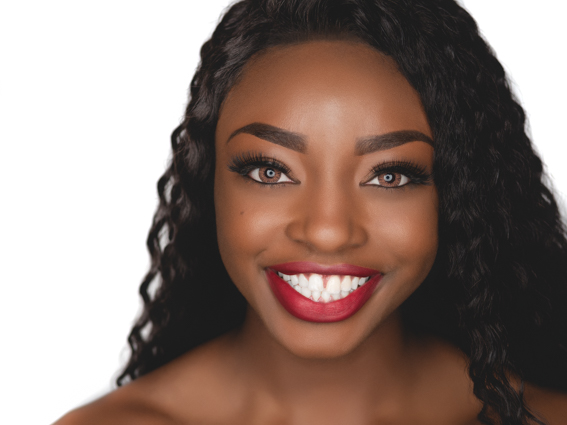
Ring Light Portrait Shot with the Panasonic-Leica 25mm f1.4
Now let me address some of those distortion issues, because while 50mm does have a little bit of distortion in portraiture, it’s really mostly for headshots, and you can correct a bit of that in post. Here’s another one of my faves with this lens where I backed up a bit:
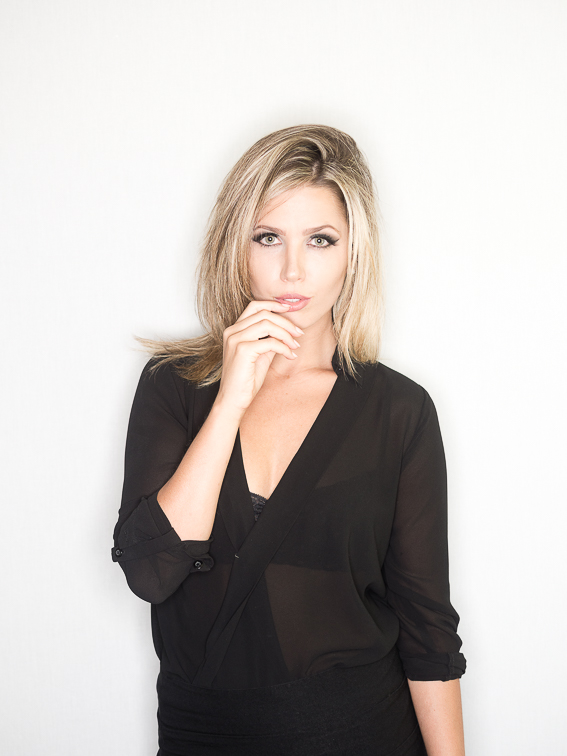
Keelin Mclachlan Portrait with the Panasonic-Leica 25mm f1.4
Overall, not only is it one of the best Micro Four Thirds lenses for portraits, it’s one of the best Micro Four Thirds lenses, period.
Another (cheaper) alternative to this would be Panasonic 20mm f1.7, though keep in mind it will be a tad bit wider. But it is smaller for those who want something a little more compact.
Now the major flaw to my argument for this lens is that if you truly want to isolate your subject you probably want a traditional portrait lens that can blur the background a little more.
And if you’re on a budget, I don’t think there’s a better option than my next pick the Olympus 45mm f1.8 or Panasonic 42.5mm f1.7.
Best Value – Olympus 45mm f1.8 or Panasonic 42.5mm f1.7
Let’s give a quick shoutout and honorable mention to the first portrait lens I started with, the Canon FD 50mm f1.4, a legacy lens which you can adapt on Micro Four Thirds for under $100. I had that back before even the Olympus 45mm was released, and it was good at the time – especially at the price. But you miss way too many shots trying to focus (though that was before focus peaking became a thing) so I moved on quickly to the Olympus 45mm f1.8 when that came out. One of the things I loved about it was that it was ultra small, even for a portrait lens, it was still one of the smallest primes on the system.
The Olympus 45mm f1.8 ($400 on Amazon) and Panasonic 42.5mm f1.7 ($350 on Amazon) are rated so close that I would probably just lean towards the lens that matches your body (ie. if you have a Panasonic camera, get the Panasonic). The Olympus tends to be slightly cheaper on the used market since it’s older, while the Panasonic has Optical Image Stabilization, and is Dual IS compatible.
Now although I’ve upgraded to the Panasonic-Leica 42.5mm f1.2 now, if you look at the image resolution charts from LensTip you’d see that the Panasonic 42.5mm and Olympus 45mm are pretty close at f1.8 and beyond. Here’s one my faves from my time with the Olympus 45mm f1.8:
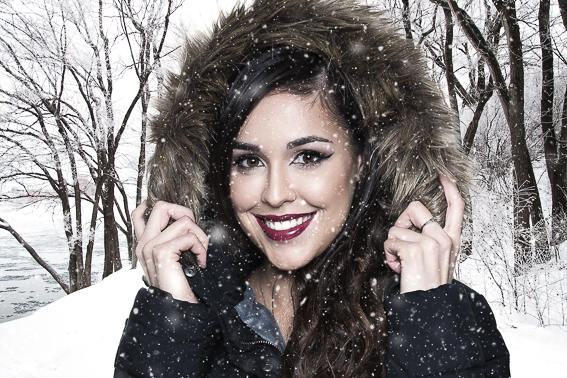
Brittany Ruscetta Portrait with the Olympus 45mm f1.8
What you get from the Leica is that extra stop or so of light, and a little more background blur – but that’s gonna cost you.
Now if you just want a little more background blur, and maybe a little more versatility as far as focal lengths, there’s a couple more options that I like…
Versatile Zooms – Panasonic 35-100mm f2.8, Olympus 40-150mm f2.8
Though they have slower apertures, because of the tighter focal length, they can still blur the background like the best of them. That’s why I think these are good for outdoor/natural light shooters, you get the versatility of a zoom, and you don’t have to worry about working distance outdoors.
For me, ultimately, I sold my Panasonic 35-100 because it was a little on the slower end. And shooting mostly headshots, my environment doesn’t change, I don’t need a zoom, I like to shoot a little shallower Depth of Field, that’s why my favorite lens is the Panasonic-Leica Nocticron 42.5mm f1.2.
I did use it on-location a few times, where I would need a little versatility. Here is one of my faves:
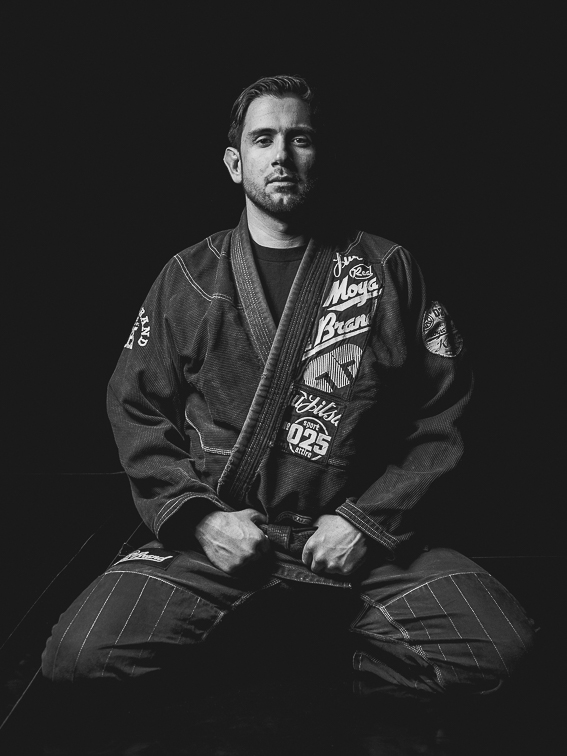
An editorial portrait of Brazilian Jiu-Jitsu Blackbelt Rodrigo Gutierrez with the Panasonic 35-100mm f2.8
But that doesn’t have to be the choice for everyone. And if you shoot a lot of video I could make the argument for the Panasonic 35-100mm f1.8. Another option if you need a little more speed is just pair one of these zooms with say the Olympus 45mm f1.8, and you get two lenses for less than the price of the Panasonic-Leica or Olympus 45mm f1.2.
The Panasonic 35-100mm f2.8 Mk II is $900 on Amazon and has various improvements over Mk I, including a redesign that got rid of that (horriffic imo) glossy purple tint on the lens. The Olympus 40-150mm f2.8 is $1349, though you can find it used for under $900.
The Best Portrait Lens on Micro Four Thirds? – Panasonic-Leica 42.5mm f1.2
Now while writing this article, LensTip released the image resolution chart on the new Olympus 45mm f1.2 which trumps the Leica at almost every aperture… though bear in mind the Olympus was tested with the E-M5 II and the Leica w/ the much older Olympus EPL1… Though LensTip does note that the difference is only about 5-7 lpmm
That’s how we found out that between sensors of those two bodies there is a very small difference, amounting to 5-7 lpmm at most,
And it’s priced at $1199, much lower than the $1597 retail for the Leica. Though I bought mine used on eBay for about $950… and I think this new competition might drive it down to sub $900 prices if you’re patient. Competition is always good.
However, lenses have some variability, the Nocticron is one of those that may have a lot. Lens Rentals tested it out and noted, “Here’s a great example of why we have internet arguments. Two of these eight lenses are better than any of the Olympus Pros; three are worse. Reviewers or photographers who compared one copy of each are probably going to draw different conclusions.”
I’m keeping the Leica because it does have OIS, and does pair with my Panasonic cameras for Dual IS. But really, you can’t go wrong with either option. The vast majority of my portrait portfolio is shot with this lens, but here’s one of my favorites:
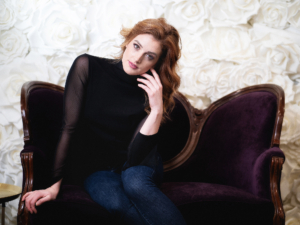
The Best Portrait Lens for Micro Four Thirds? A portrait with the Panasonic-Leica 42.5mm f1.2
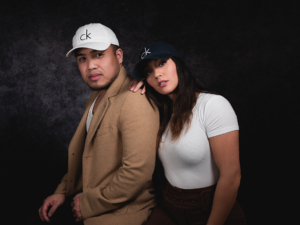
My beautiful girlfriend and I (shot on a timer with the Panasonic-Leica 42.5mm f1.2)
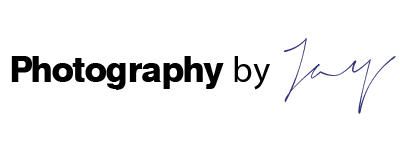
Quite a big ommision to not to mention one of the best portrait lenses for m4/3 if not the best value lens of them all. The Sigma 60mm F2.8 DN ART. Also the Sigma 56mm F1.4.
i.e. goo.gl/photos/FCfm67JNjsUFwGDt5
Big fan of Sigma, use them on my Sony’s… just went another way for my Micro Four Thirds cameras.
Great info man. I have a ‘pro’ series of portrait shoots coming up, (I am an intermediate level photographer starting out) and as a MFT user I appreciate your lists and thoughts here. I will be outdoors and also shooting in indoors, in peoples home spaces, so some spaces will be more cramped and the lighting tricky. I have Leica lenses from 25mm to 42.5mm so feel I have made decent choices for my purpose. Thanks again for a great article.
no prob, you can’t go wrong with the Leica 25mm and 42.5mm lenses!